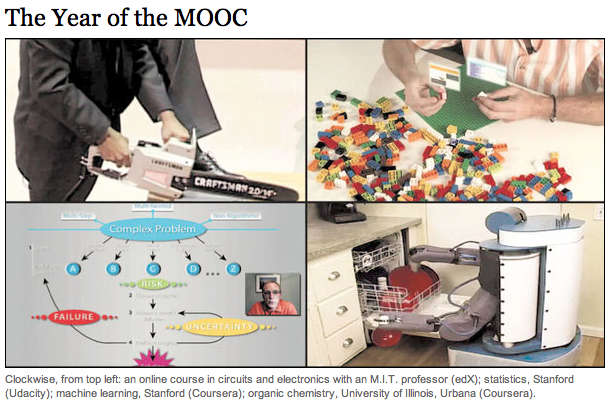Following my recent lecture on hyperacting at Solvay Brussels School, I was invited back by professor Antonio Nieto Rodríguez, to talk about hyperlearning, one of the dimensions of HyperThinking.
At this moment in my life, hyperlearning is proving to be especially fascinating to me; it is no exaggeration to say that day by day I am finding new and amazing possibilities in this field. I have seen how global projects, nearly impossible in scale, can be successfully realized by working with people you never knew before (or met). I have witnessed thousands of people working together on just one document: it sounds ridiculous, almost irrational, but it works. The whole thing makes me wonder if this sort of innovative crowd/stranger-based collaborative activity will change – or is already changing – the online learning paradigm. And, perhaps even more radically for those of us in business, will it change the way we interact with people when it comes to project management?
So there I was, standing in front of twenty MBA students and professionals to share the essential idea of hyperlearning. This deceptively simple concept has helped – and continues to help me – very much in my professional life. And to convey this to my audience, I introduced them to the concept of Massive Online Open Courses (MOOCs) and how, in the last few years, some of the biggest universities in the world have offered these high-quality courses to people across the globe.
Image taken from: The New York Times: The Year of the MOOC
I shared my very enlightening personal experience of working on one of these MOOCs: “A Crash Course on Creativity,” authored by Tina Seelig of Stanford University. We formed a number of teams for the course – which were comprised of a large number of people living in different parts of the globe – and everyone was able to both self-structure and work together to contribute to a project. But what was even more impressive than our teams were what grew out of Dan Ariely’s course on “Irrational Behavior.” He had several thousand people working together to write an essay. And even though I am convinced of the creative potential that lies within online crowds waiting to be tapped, I had to ask myself: “how could they managed such a huge project?”
Perhaps the main points I want to share are these: courses like this make the difficult task of continuous learning (while working/still living life) much easier and they highlight how collaboration can be achieved. “The crowd” and its organic formation has the capacity to rise and become a powerful creative force. If you can engage enthusiastic and committed people, you can develop amazing projects (even massive and seemingly impossible collaborative works such as Dan Ariely’s essay become posible).
These insights should make us think that there are plenty of new things in the online learning world that are about to make drastic changes to the educational and project managing world in the coming years.
Don’t say that you weren’t warned!
*Download the the notes from the hyperlearning course if you would like to know more.
.












